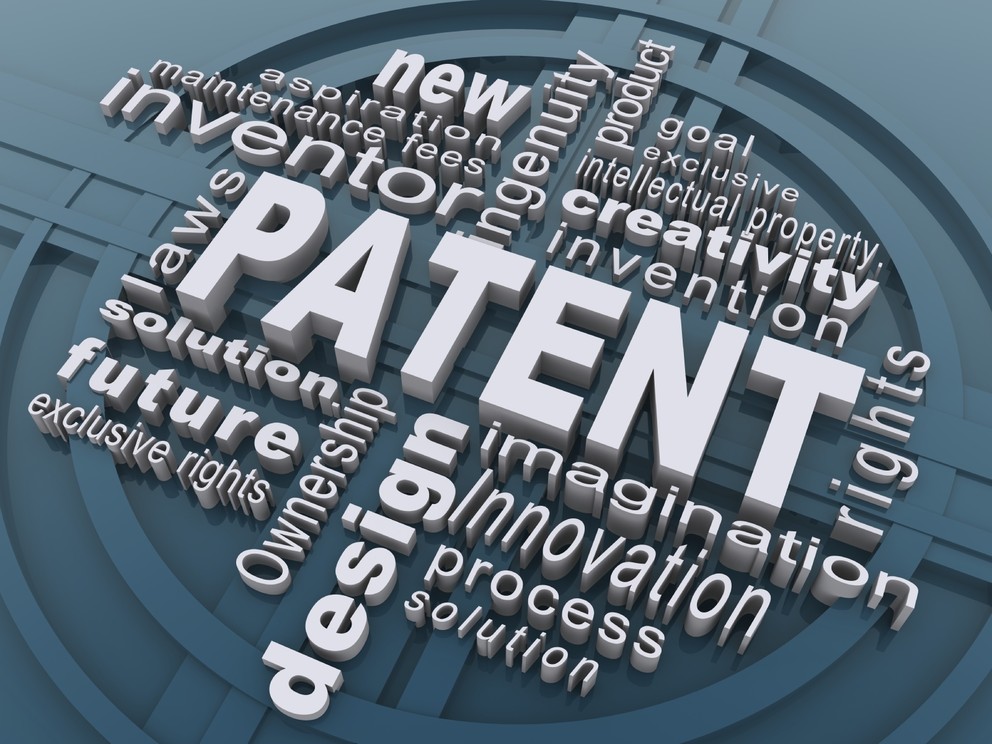
Pay Those Patent Maintenance Fees
© 2003, Gallagher & Dawsey Co., LPA
January 2003
While a patent term runs basically for twenty years from the date of filing, an issued patent is definitely not a “file it and forget it” proposition. The patent code, 35 U.S.C. S 41(b), provides for maintenance fees that must be paid to keep a patent in force. A new fee schedule is in effect as of January, 2003, and these fees are not inconsiderable. Even more important, the penalties for missing maintenance fees can be large.
A utility patent holder must pay issuance fees at 3 years and 6 months, 7 years and 6 months, and 11 years and 6 months after grant. The fees currently range from $890 for the first maintenance fee to $3150 for the last maintenance fee, with small entities paying half those amounts. The fees are due on or before the date the maintenance is due, although there is a six month grace period after the due dates, during which time the maintenance fees can be paid with, currently, a $130 (half for small entities) fee.
What happens if maintenance fees are not paid? The patent expires at the end of the six month grace period! This is often where the real trouble begins. If a patent holder intends to abandon the patent, there is no harm, and often a financial savings, by not paying the fee. However, if the holder wants to revive the patent after expiration, he or she must then petition the Commissioner for revival. There are two grounds for doing so.
If the patent holder can convince the Commissioner that the failure to pay the maintenance fee was “unavoidable,” the petition must be accompanied by a fee of $700. There is no small entity discount on such a petition. The USPTO applies a very high standard in defining “unavoidable.” A patent attorney can best advise only after reviewing the facts of a case, but in general, the patent holder must have done everything possible that a reasonable person would have done to get the maintenance fees paid. Only a few cases will meet such a high standard.
Failing such a case, the holder can petition for revival based on “unintentional” failure to pay the maintenance fee. This is a much lower standard, and generally means only that the holder did not intend to abandon the patent, and that the failure to pay was an oversight. It is important to note, however, that making a decision not to pay the maintenance fee, and then later changing one’s mind and seeking to pay it, is not an “oversight.” Once a patent has been allowed to expire as a result of a conscious decision not to pay the maintenance fee, it cannot be revived. As one might expect, the petition fee for this lower standard of proof, “unintentional,” scenario is much higher, currently $1640 with no small entity discount.
There are other pitfalls. Petitions to accept late payment must be made within 24 months of the expiration of the grace period for payment. All maintenance fees and surcharges must be paid at the time of petition; often a considerable sum. For example, a large entity petitioning for revival after failure to pay the 11.5 year fee would need to file their petition with a payment of $4,790! While petitions based on “unintentional” situations are usually granted, there is no requirement that the Commissioner must do so, so once an issued patent expires, there is no guarantee that it can be revived.
Potentially an even greater burden is the possibility that the failure to pay maintenance fees may have created so-called “intervening rights.” When a patent expires due to failure to pay maintenance, it has fully expired, and the formerly patented device moves into the public domain. If the commissioner grants the petition to accept late payment, it is as though the patent never expired – with one important exception.
A person who has begun making, selling, using, or importing the device in question during the time after the expiration of the six month grace period but before the acceptance of the petition to pay a late maintenance fee, may have established “intervening rights” to their activities.
35 U.S.C. S41(c)(2) provides that a person who has begun use during that time period, or who even has made “substantial preparation” to do so, may assert their reliance on the expiration as a defense to infringement. The court may, in the interest of fairness, allow such parties to continue their use, even if it otherwise would be blatant infringement.
The moral of the story? Every patent holder is responsible to make sure that maintenance fees are paid, and a failure to do so must be regarded as a potentially irrevocable act.
Next month, we’ll discuss trademark renewal applications and related fees.
